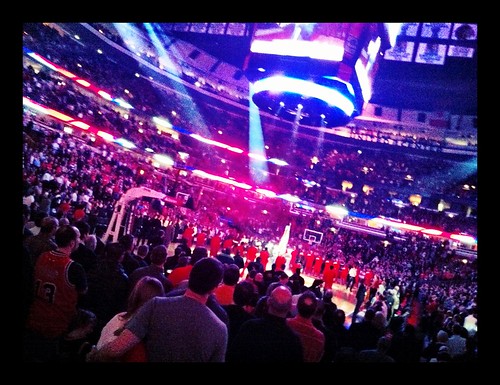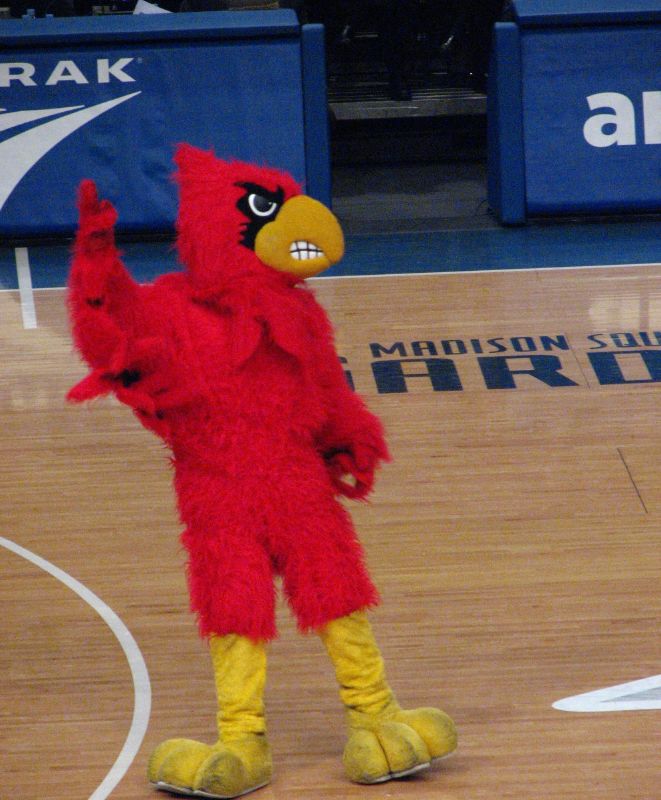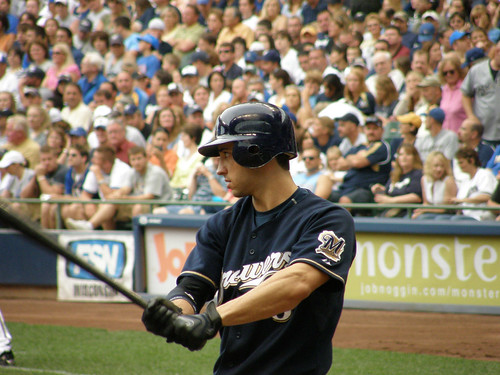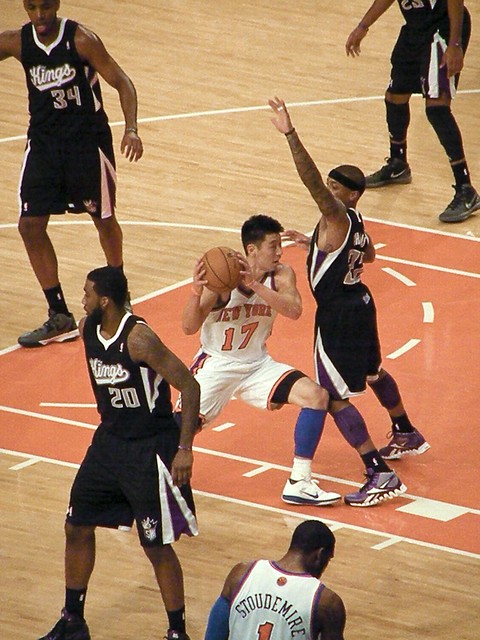 |
| All-Star Game 2012- flickr.com- markomni |
The Amway Center in Orlando, Florida was home to the 2012 NBA All-Star Game. From February 24
th- 26
th, the best players of the NBA, both past and present came together to show off their skills. They enjoyed six different contests that were all a good way of leaving the playoff runs for laughs and fun. It was a critical break that had some crazy basketball action, all hosted by Orlando Magic center,
Dwight Howard.
The weekend kicked off on Friday, February 24, with the Rookie vs. Sophomore game formerly known as the BBVA Rising Stars Challenge. Team Shaq coached by
Shaquille O’Neal versus Team Chuck coached by
Charles Barkley was the showdown. The main event was the New York Knicks newly found star player,
Jeremy Lin. The star of the game wasn’t Lin, but a rookie for the Cleveland Cavaliers,
Kyrie Irving. Irving dominated the game, scoring 34 points and shooting 8-8 from the three-point line. Irving’s Cavaliers teammate,
Tristan Thompson, led Team Shaq with 20 points.
Saturday, February 25, showcased specialized skills, ranging from shooting to speed and dunking. The Shooting Stars competition finals came down to Team Texas with ex-Rocket
Kenny Smith, rookie
Chandler Parsons,
Sophia Young and Team New York with
Landry Fields,
Cappie Pondexter, and one of the greatest sharpshooters of all time,
Allan Houston. Team Texas posted a time of 47.6 seconds, but it couldn’t stop Team New York who won with a time of 37.3 seconds.
The Skills Challenge, an obstacle course for the most agile point guards in the league starred defending champ
Deron Williams of the Nets,
Rajon Rondo, and the Spurs
Tony Parker. Tony Parker won with a time of 32.8 seconds.
The action really heated up during the Three Point contest and Slam Dunk Contest. The Three Point Contest came down to
Kevin Durant and rebounding monster,
Kevin Love. The contest was close, but came down to the last money ball of the tiebreaker for Durant and he missed it to score a 14 whereas Love scored a 16.
The most controversial competition of the weekend was the Slam Dunk Competition. All participants were newcomers to the competition.
Chase Budinger finished his three dunks with a spectacular reverse blindfolded dunk to honor homage to
Cedric Ceballos.
Jeremy Evans finished with a
Karl Malone tribute where he jumped over comedian
Kevin Hart. This dunk was controversial since Kevin Hart is only 5’ 2”, which isn't an astounding feat for a great leaper.
On Sunday, February 26
th, it was a tale of the conferences to end the All-Star Weekend. The West had star players like
Kobe Bryant and Kevin Durant and the East had
LeBron James and
Dwayne Wade. Kevin Durant was the MVP with 34 points and Kobe Bryant earned some fame for passing
Michael Jordan to lead all-time scoring in the All Star Game. James ended the night with 36 points and some great dunks, whereas Wade ended with a triple double. One unlikely star was Los Angeles Clippers’
Blake Griffin, who turned up the heat to score 22 points and picked off James’ pass when the East had a chance to tie. "I can't turn the ball over like that," James said. "I let my team down, but overall it was a great weekend."
The West always had dominated the game, but gave up an 18-point lead. "With all these great players on the floor, you never know what will happen. Guys making big shots and they cut it down to one. We were up 18 [at halftime]," Durant said.




























